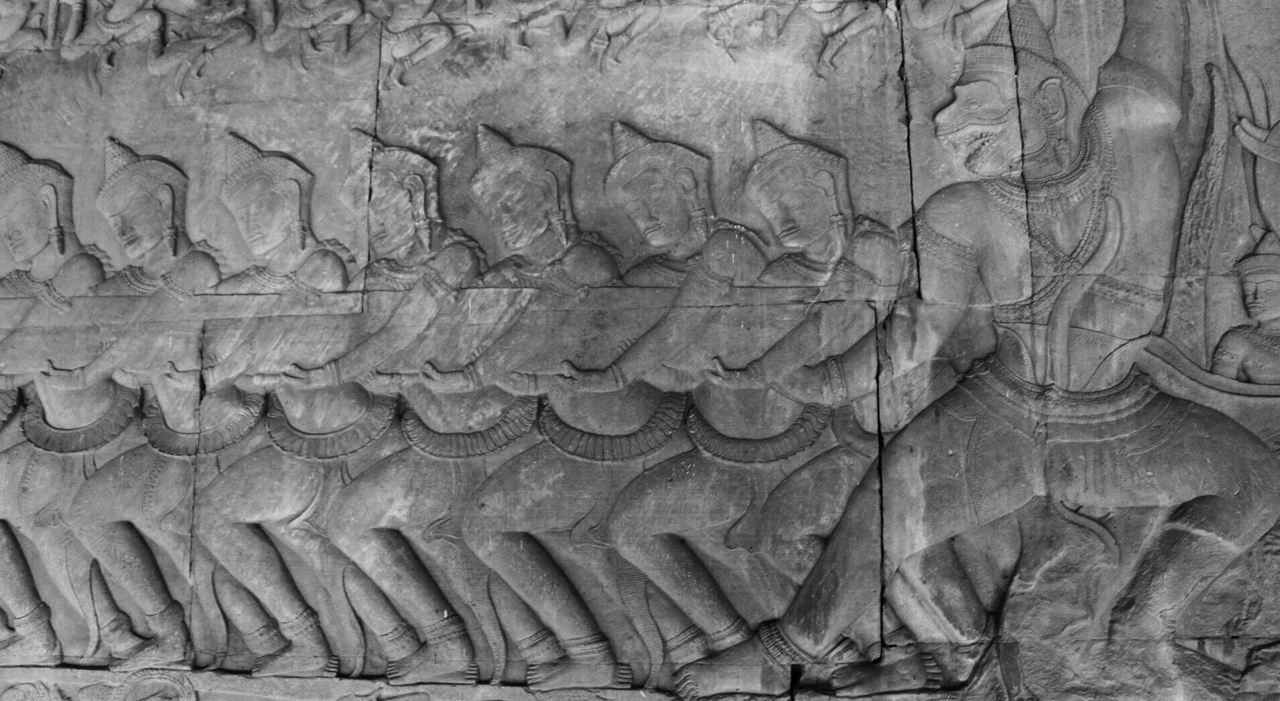
The Energy Adventure(r)
Explorations on climate change and energy transition.
By subscribing, I agree to Substack’s Terms of Use and acknowledge its Information Collection Notice and Privacy Policy

Explorations on climate change and energy transition.